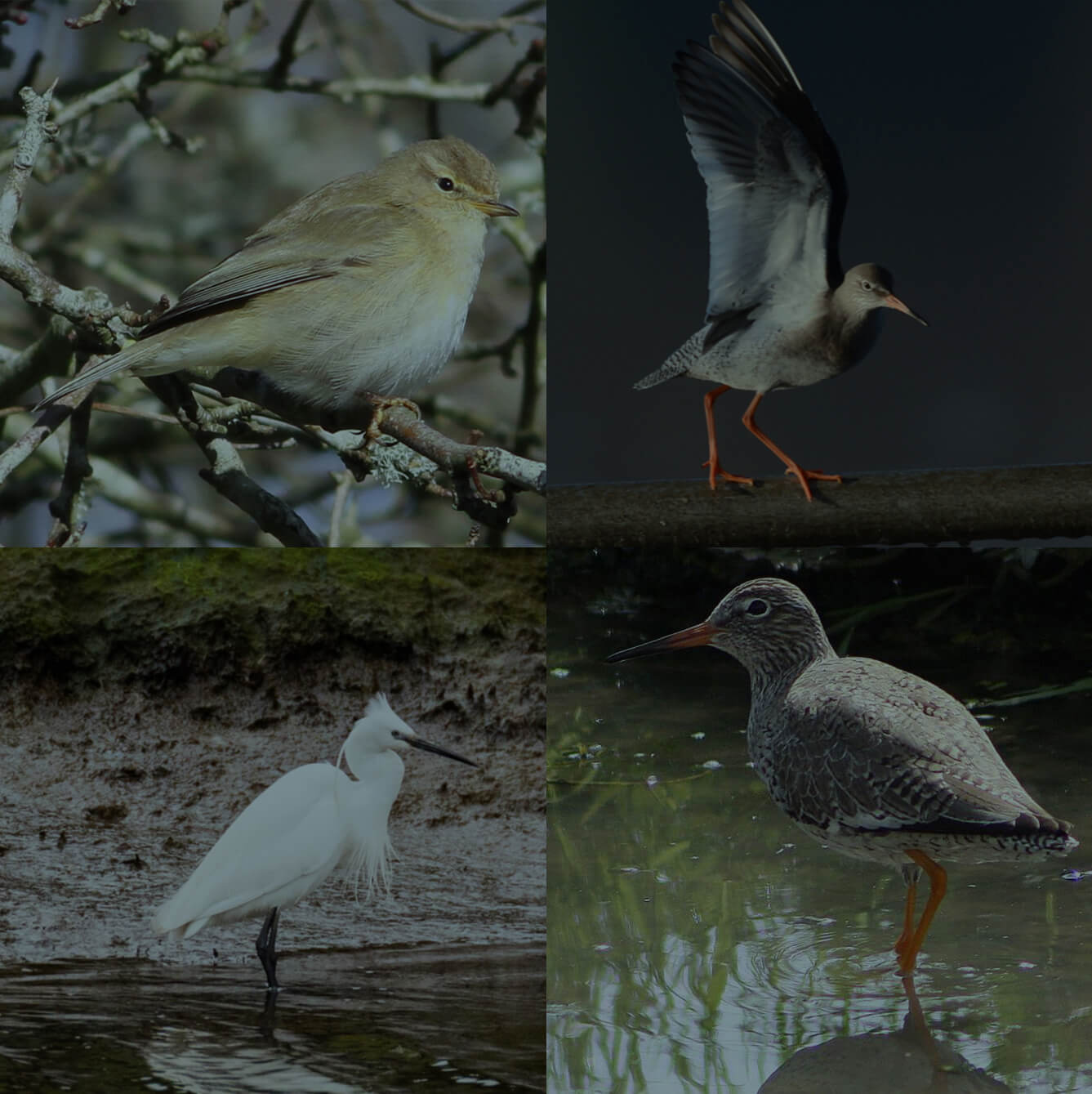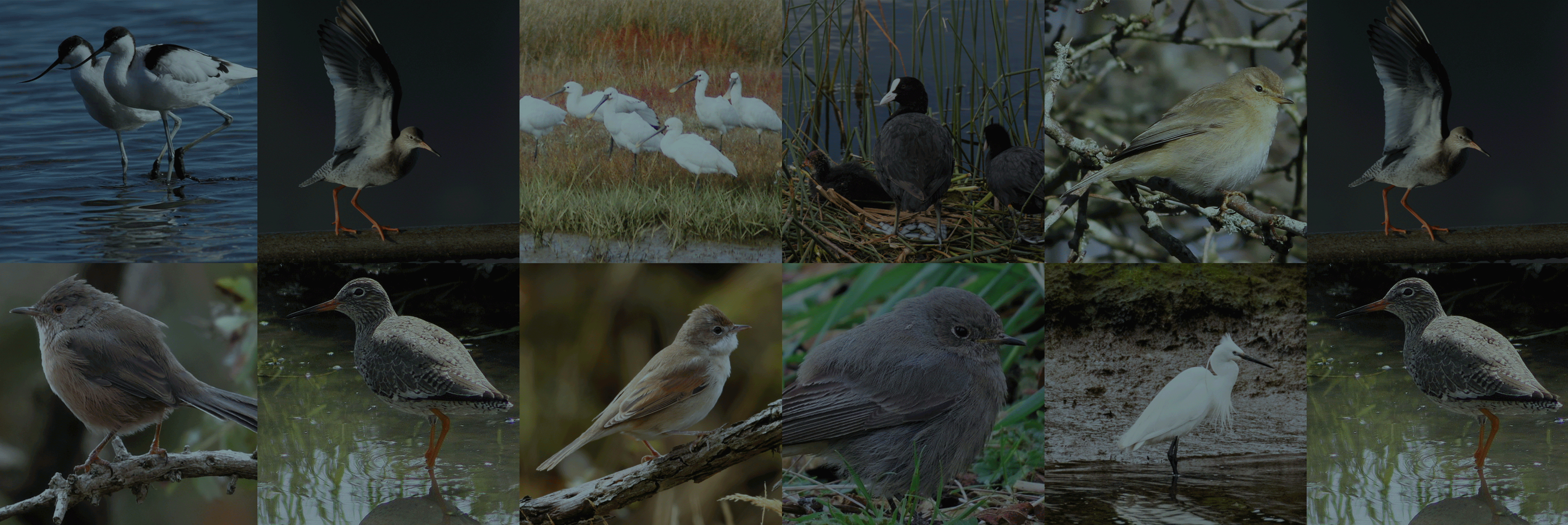An official account of all species that have been recorded and reported by birdwatchers and naturalists in the Poole Harbour area since records began.
The data for this list has been extracted from various sources, but George Greens 'The Birds of Dorset', Mansel-Pleydell's Birds of Dorsetshire, Naylor’s reference manual of rare birds and the back catalogue of Dorset bird reports have provided most information. Data is currently still being researched and records will be updated accordingly.
You can view this information in two different ways. Our alphabetical list provides information on the status of each species within the harbour, finder dates and names, photos and favoured locations. By clicking on the Systematic List button you will be presented the full Poole Harbour systematic list which includes status of species, pending records and historical accounts.
To date, 333 species have occurred and have been accepted within the Birds of Poole Harbour boundaries. A further 11 distinct subspecies have also been seen. In addition, we have two species/subspecies which have been recorded, but are awaiting acceptance by the appropriate records panel.
There are a handful of historical records, for which there is currently insufficient information to allow their inclusion onto the Poole Harbour list, but are believed to be genuine records. They are listed at the end of the list.
Finally, there are a number of feral or escaped species that have been recorded within the Birds of Poole Harbour boundaries. They are included for completeness, but are not included on the Poole Harbour list.
We would be interested in hearing details of any species that do not appeared on this list.
The Birds of Poole Harbour systematic list is a PDF which you can view by clicking on the button below. It was last updated on December 2019.
Full Poole Harbour Systematic List
Night Heron
Latin Name
Nycticorax nycticorax
Status
Vagrant
Site And Records Information
This species was dropped from the BBRC list in 2002 due to its increasingly frequent occurrence. It is remarkable that there are so few records in Dorset. There have now been a little more than 20 Dorset records but only 4 in Poole Harbour. Surely more will be found over the coming years, perhaps at Swineham or Little Sea, Studland? Night Heron also now breed (in very small numbers) on the Somerset Levels, so passage birds could also increase. With the last two occurring on May 2nd 2020 and May 3rd 2021, there’s no doubt when to keep your eyes and ears open in Poole Harbour.
1 shot in mid November 1891 near Seymers on Brownsea
Adult on 8th November 1949 at Wareham Water Meadows
1 on May 2nd 2020, 6 calls logged during a night recording session in Poole Town Centre (Mark Constantine and Magnus Robb)
1 on May 3rd & 11th 2021 at Carey Secret Garden in the Piddle Valley, Wareham (M&M Constantine)
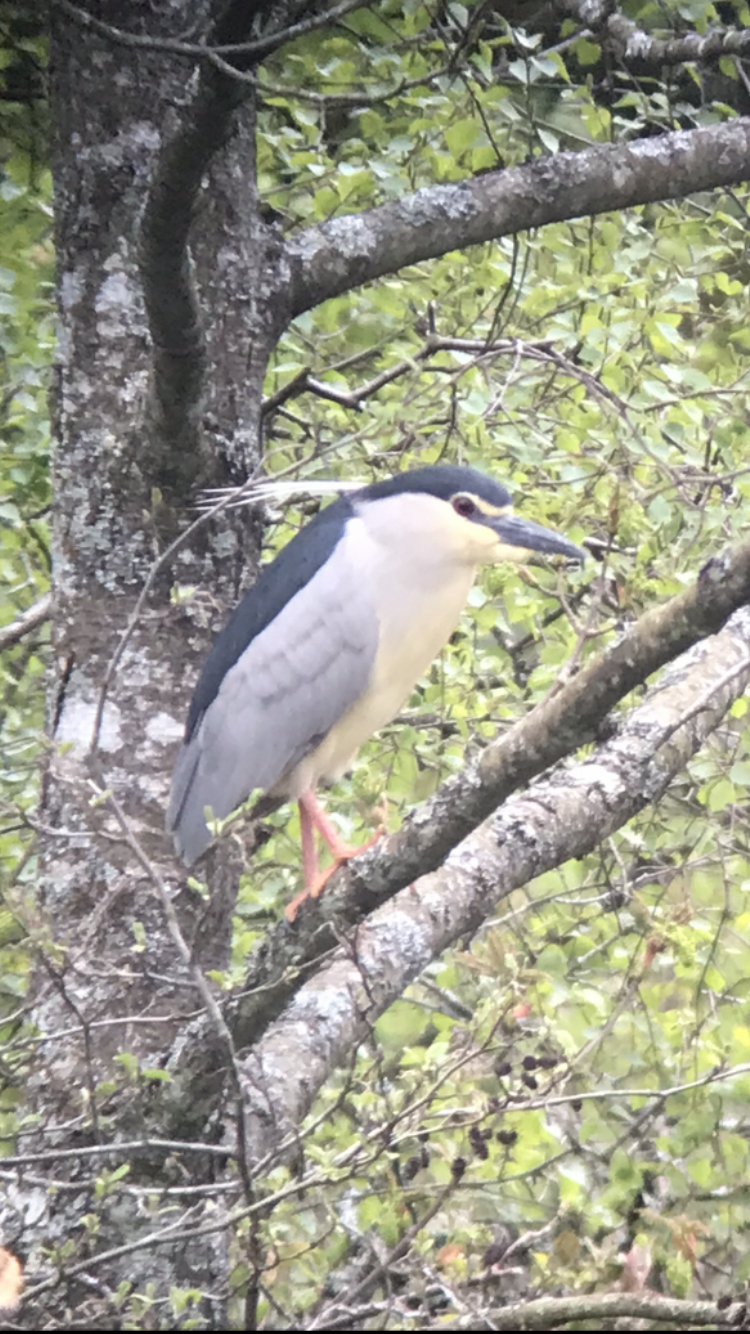
Nightingale
Latin Name
Luscinia megarhynchos
Status
Scarce Passage Migrant
Site And Records Information
The number of Nightingales in Britain has declined by 90% in the last 40 years and their range has also retracted by 43%. It is therefore not surprising that its occurrence in the harbour has also reduced. With this in mind, its sad to state that we have now too lost our breeding Nightingale here in Poole Harbour from Challow Hill, Corfe.
In the 1960’s and 70’s breeding occasionally occurred around Brownsea, Studland, Corfe Castle, Holton Heath. During the 80’s breeding records disappeared and it looked like we had lost the species as a breeding bird in the harbour. In the 90’s occasional records came from Stoborough but breeding was not proven, Bushey and in 2000 a pair bred at Studland Golf Course. In 2009 breeding birds were discovered near Corfe Castle and at least two pairs bred there up until 2016 but none have been heard since.
The species is best detected on spring migration as it is likely to be singing and the following records have been logged since 2000
Given Nightingale’s skulking nature it is not surprising that it is rarely recorded on autumn migration. In fact the only records that we could find are as follows:
The species is best detected on spring migration as it is likely to be singing and the following records have been logged since 2000
1 on 7th Aug 2000 at Ham Common
1 on unspecified dates 2001 at Stoborough Heath
1 on 8th May 2002 at Ham Common
1 on 19th Apr 2003 at Sandford
1 on 20th Apr 2003 at Fleets Lane, Poole
1 on 30th Apr 2004 at Ham Common
1 on unspecified dates 2006 at Stoborough Heath
1 on 21st Apr 2007 at Holes Bay
1 on 20th Apr 2008 at Ballard Down
1 on 24th Apr 2011 at Upton CP
1 on 1st May 2012 at Lytchett Bay
1 on 5th May 2014 at Stoborough Heath
1 between 23rd Apr-5th May 2016 at Corfe Ridgeway, Challow Hill.
Given Nightingale’s skulking nature it is not surprising that it is rarely recorded on autumn migration. In fact the only records that we could find are as follows:
1 on 15th Aug 1984 at Brownsea
1 on 27th Aug 1991 at Lytchett Bay
1 on 28th Aug1993 at Keysworth (trapped)
1 on 12th Sep 2009 at Greenlands Farm.
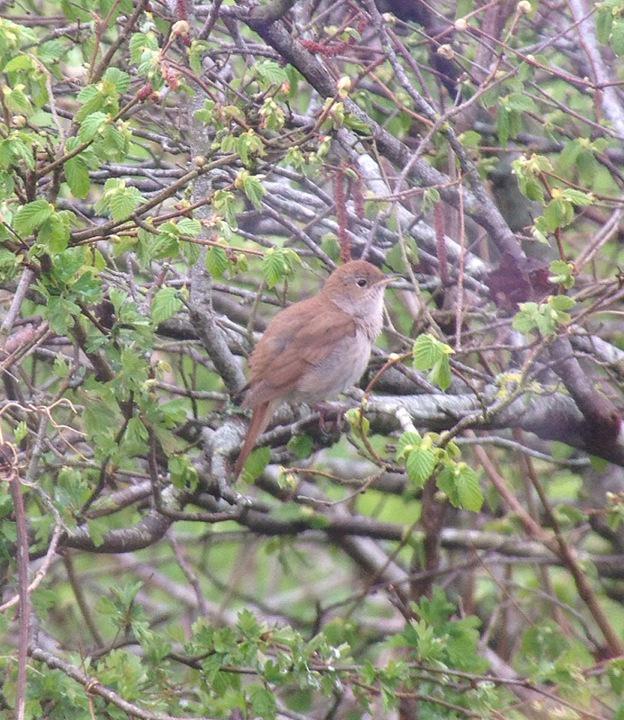
Nightjar
Latin Name
Caprimulgus europaeus
Status
Summer Visitor
Site And Records Information
Any heathland surrounding the harbour will hold good numbers of Nightjar. Arne, Godlingston, Slepe Heath, Canford Heath, Holton Lee, Studland, and Hartland Moor are all top sites. Arne had 47 pairs in 2018 and birds can arrive back in late April, but the main bulk of activity doesn’t start until mid to late May and will carry on all the way through June and July, with juveniles hanging on into August and September. There is truly no better birding experience in Dorset than watching Nightjar on your local heathland on a balmy hot summer evening.
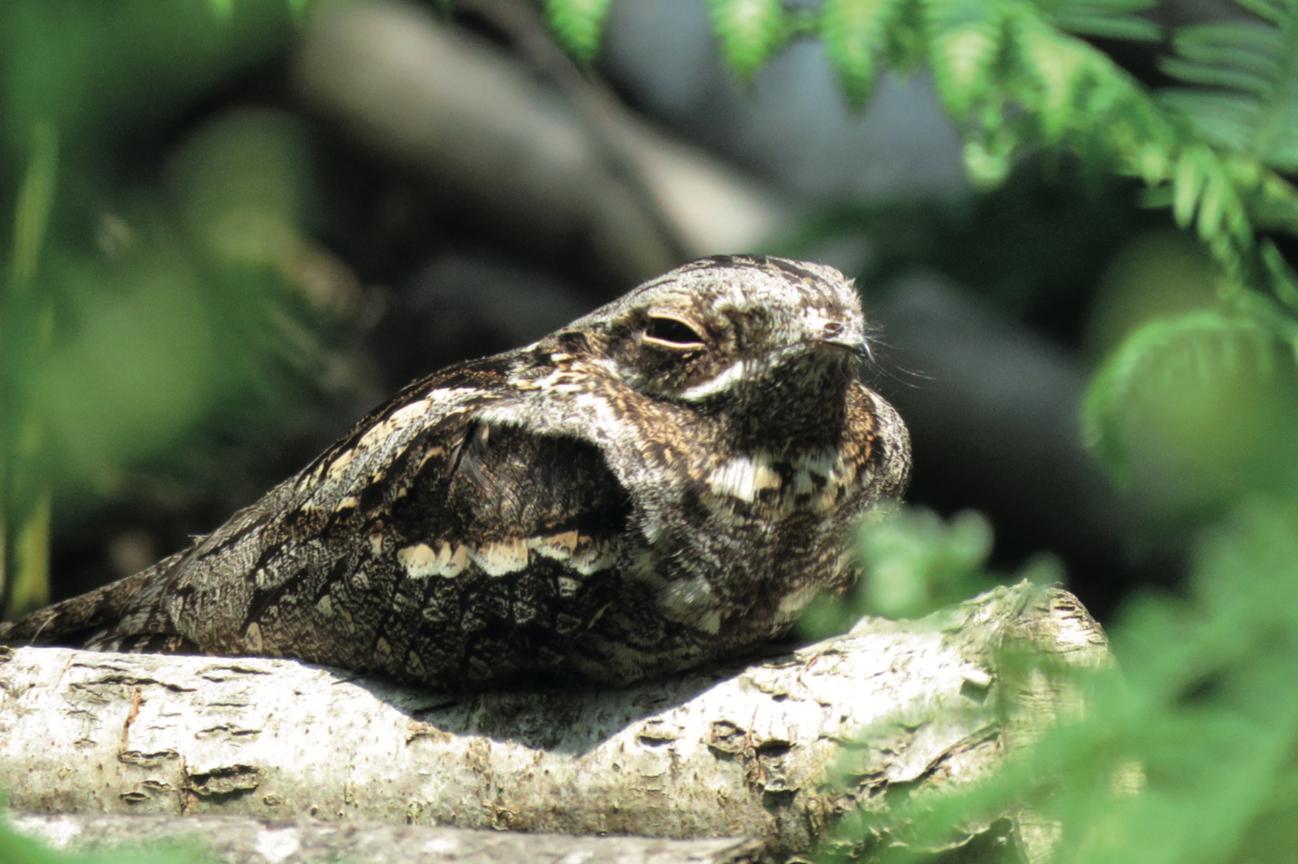
Nutcracker
Latin Name
Nucifraga caryocatactes
Status
Vagrant
Site And Records Information
In 1968 there was a massive irruption of the slender-billed race N.c.macrorhynchos from Siberia into Britain involving c315 birds. Seven of these occurred in Dorset. Oh how we would welcome another such event!
1 from 13th – 21st September 1968 on Brownsea
Nuthatch
Latin Name
Sitta europaea
Status
Resident
Site And Records Information
Breeds at Arne, Brownsea, Hatch Pond, Holton Lee, Upton Heath, Upton CP and probably many more sites. Arne and Holton Lee gives great views as they come and feed on the feeders in the car park usually only 2-3 meters away.

Call 01202 641 003
© 2025 Birds of Poole Harbour Registered Charity No. 1152615

